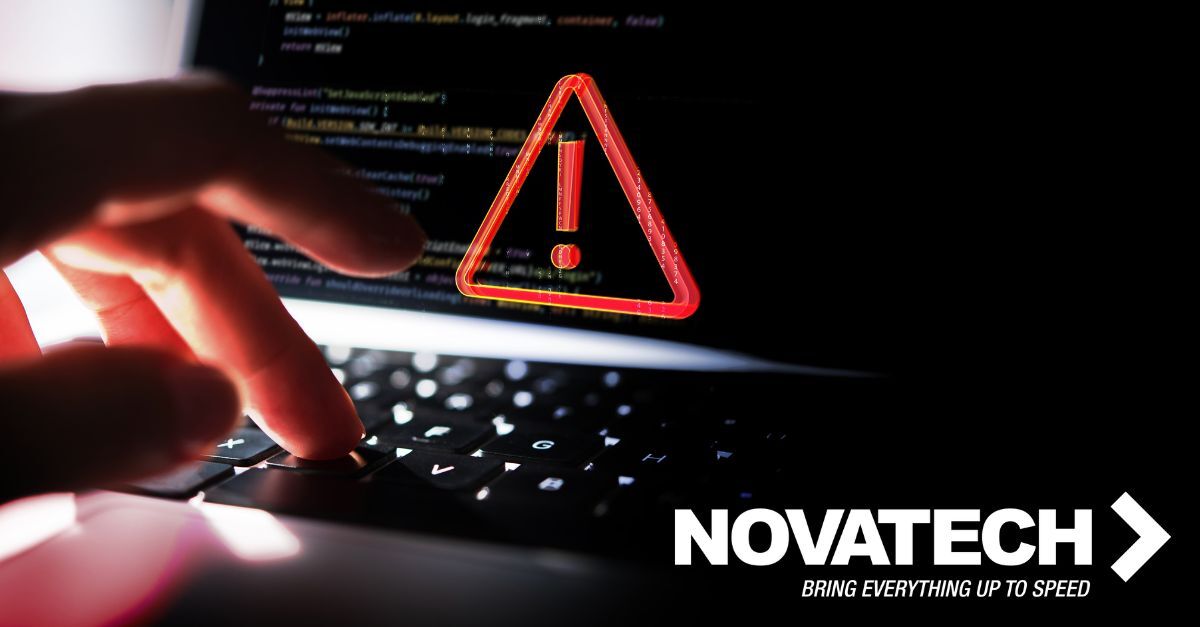How Hackers Are Using AI to Create Malware: What You Need to Know
3 min read

Recent findings by HP’s threat researchers have revealed an alarming trend in cybercrime: hackers are using generative AI to create malware. This new wave of attacks highlights the rapidly evolving threat landscape, where AI tools are being leveraged to accelerate attacks and lower the bar for cybercriminals. The implications are especially concerning for network endpoints, which include devices like printers and multifunction printers (MFPs).
By using AI to automate and simplify the creation of malware, hackers can quickly compromise businesses of all sizes, making it more critical than ever to secure your network.
The Rise of AI-Assisted Malware
HP’s researchers identified a malware campaign where generative AI (GenAI) was likely used to develop malicious code. This new strategy significantly speeds up the malware development process and allows less experienced cybercriminals to create and deploy malware at an unprecedented scale.
For businesses, this means more frequent and sophisticated attacks targeting devices such as printers, MFPs, and other networked equipment. These endpoints are often less protected compared to computers and mobile devices, making them attractive targets.
How AI Lowers the Barrier to Cybercrime
The role of AI in these attacks is more than just speeding up development; it’s also about accessibility. Hackers who may have limited coding knowledge can now create complex malware scripts, infection chains, and even plan coordinated attacks with minimal effort.
For instance, malvertising—using malicious ads to trick users into downloading malware—has also seen a surge in sophistication. Hackers design highly convincing websites offering fake tools like PDF converters, luring victims into downloading malicious MSI files. Once installed, these files trigger a chain of events that compromises the victim’s browsing session and redirects searches to hacker-controlled websites.
This entire process, from designing the website to embedding malicious code, can now be accomplished more easily with AI, reducing the skill and time required to execute such attacks.
Protecting Your Endpoints from AI-Powered Cybercrime
The evolving nature of cyberattacks demands a more robust and proactive defense, particularly for the endpoints that serve as gateways into your network. Devices like printers and MFPs, which were traditionally overlooked as security risks, are now prime targets for AI-driven malware campaigns.
At Novatech, we offer comprehensive Managed IT Services that include endpoint protection to defend against these evolving threats. Our Managed Office solutions, including print, IT, cloud, and cybersecurity, ensure your entire technology infrastructure is protected. From monitoring your network 24/7 to offering automated patch management and next-gen firewall protection, we provide the tools to keep your business safe from cyber threats.
Strengthening Your Business Against Future Attacks
As cybercriminals continue to evolve their tactics with AI, it’s crucial for businesses to stay ahead by investing in advanced security solutions. Regular Strategic Technology Reviews can help identify vulnerabilities, especially in areas that are often neglected, such as networked printers and other endpoints.
Novatech’s Office X-Ray assessment is designed to evaluate critical areas of your office environment, including both print and network security. This in-depth analysis helps identify potential weaknesses that hackers could exploit and offers tailored solutions to enhance your defenses.
Ready to Secure Your Endpoints? Contact Novatech Today!
Don’t wait until your business becomes the next victim of an AI-assisted cyberattack. Contact Novatech today to schedule a Strategic Technology Review and strengthen your defenses. With our Managed IT and Print Services, you’ll gain peace of mind knowing your network endpoints are protected from both traditional and AI-powered threats.


